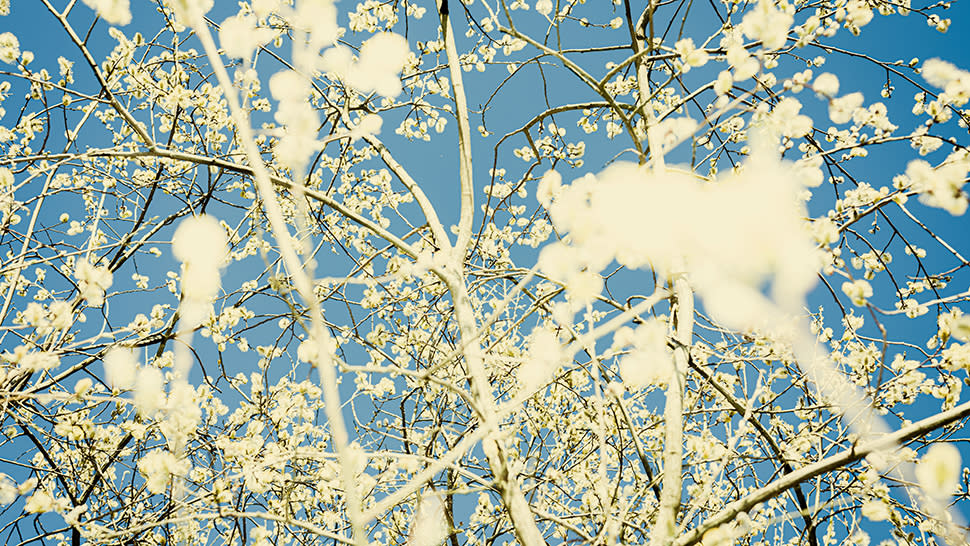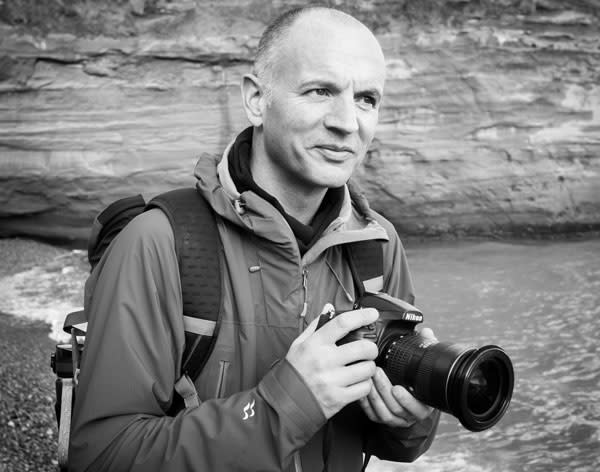“I started working closer and closer to the subject, until soon enough my whole body was in amongst the tree”

About Benedict Brain

Benedict Brain is a UK-based photographer, journalist and artist. He is an Associate of the Royal Photographic Society and sits on the society’s Distinctions Advisory Panel. He is also a past editor of Digital Camera Magazine, and the author of You Will be Able to Take Great Photos by The End of This Book.
Recently, I featured a winter landscape in this column. The image revealed the piercing red skeletal structure of a dogwood bush in winter; it was illuminated by on-camera flash, which set the red tones off against the backdrop of a frosty winter twilight sky. I’ve experimented with this technique before, but that image resonated with me, and I’ve been pursuing the technique and approach ever since.
In the last few months, what started as a small project exploring winter topographies has embraced spring; no doubt it will evolve into summer and autumn, and subsequent images will play an integral part in a wider project around my local landscape. I’m learning and refining my technique as I go along. This evolution is an important part of the creative process; I feel the images are becoming more accomplished, complex and confident.
This image features spring blossom. I wanted to emphasise the fluffy whiteness of the flowers in a way that expresses their magical essence. As with the winter landscapes, I was using on-camera flash, only this time in broad daylight. I started working closer and closer to the subject, until soon enough my whole body was in amongst the tree. It was an exciting way to connect with the landscape.
The blossom flowers closer to the camera have blurred and are more or less overexposed. In some circles this may be considered a ‘mistake’, but for me it helps express the sense of place I felt at the time. By focusing on the background, the twigs at the back of the scene are sharp and the image takes on an unusual sense of depth.
I also enjoy the way the white-ish splashes in the foreground and the sharp lines of the twigs take on a painterly vibe, almost a nod to abstract expressionism and artists such as Jackson Pollock – although I’m loath to make painterly references, especially to the greats.
• Other articles in the Art of Seeing series
Read more:
• The 50 best photographers ever
• 100 best photography quotes from famous photographers
• The best coffee-table books on photography
